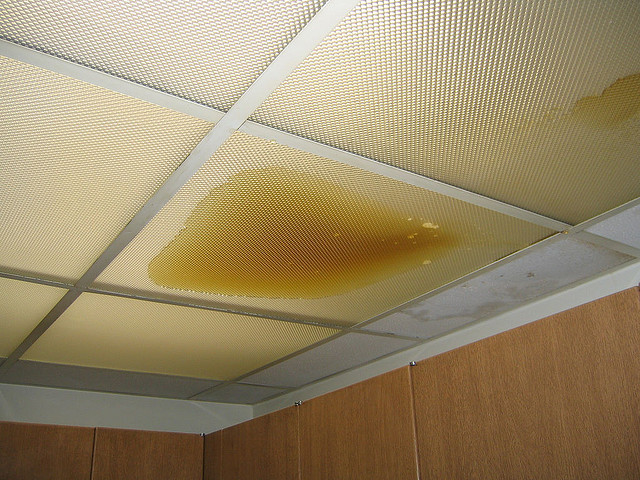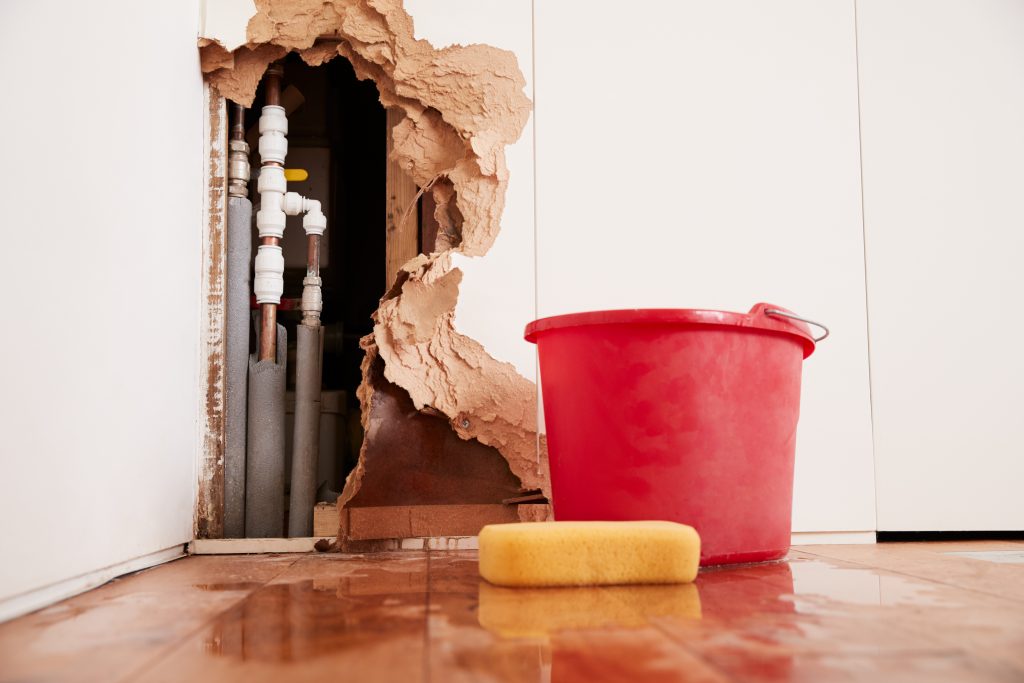Finding Concealed Water Line Leaks: Six Smart Hacks
Finding Concealed Water Line Leaks: Six Smart Hacks
Blog Article
How do you actually feel with regards to Detecting hidden plumbing leaks?

Early detection of dripping water lines can minimize a potential catastrophe. Some little water leaks may not be visible.
1. Check Out the Water Meter
Checking it is a surefire way that assists you uncover leakages. If it relocates, that indicates a fast-moving leakage. This suggests you might have a slow-moving leakage that can even be underground.
2. Inspect Water Intake
Assess your water expenses and also track your water intake. As the one paying it, you should notice if there are any discrepancies. If you detect sudden changes, despite your intake coinciding, it indicates that you have leaks in your plumbing system. Remember, your water costs must drop under the same range on a monthly basis. An abrupt spike in your expense indicates a fast-moving leak.
A consistent increase every month, also with the same behaviors, shows you have a slow-moving leak that's additionally slowly intensifying. Call a plumber to thoroughly inspect your building, particularly if you really feel a warm area on your floor with piping beneath.
3. Do a Food Coloring Examination
30% comes from toilets when it comes to water intake. Examination to see if they are running effectively. Decline specks of food shade in the storage tank and wait 10 mins. If the color in some way infiltrates your bowl throughout that time without flushing, there's a leak in between the storage tank and also bowl.
4. Asses Outside Lines
Don't fail to remember to examine your outside water lines as well. Test faucets by connecting a yard hose. Must water permeate out of the link, you have a loosened rubber gasket. Change this and also ensure all connections are limited. If you have actually obtained a sprinkler system, it will help get it properly checked out as well as maintained every year. One tiny leakage can lose lots of water as well as spike your water costs.
5. Inspect and Examine the Scenario
Homeowners should make it a habit to inspect under the sink counters and also even inside cabinets for any bad odor or mold development. These 2 warnings indicate a leak so prompt focus is called for. Doing regular evaluations, also bi-annually, can save you from a significant issue.
Inspect for discolorations as well as compromising as most devices and pipelines have a life expectancy. If you presume leaking water lines in your plumbing system, do not wait for it to rise.
Early discovery of dripping water lines can mitigate a potential calamity. Some little water leaks might not be visible. Examining it is a guaranteed method that aids you uncover leaks. One little leakage can lose lots of water and increase your water bill.
If you believe leaking water lines in your plumbing system, do not wait for it to intensify.
WARNING SIGNS OF WATER LEAKAGE BEHIND THE WALL
PERSISTENT MUSTY ODORS
As water slowly drips from a leaky pipe inside the wall, flooring and sheetrock stay damp and develop an odor similar to wet cardboard. It generates a musty smell that can help you find hidden leaks.
MOLD IN UNUSUAL AREAS
Mold usually grows in wet areas like kitchens, baths and laundry rooms. If you spot the stuff on walls or baseboards in other rooms of the house, it’s a good indicator of undetected water leaks.
STAINS THAT GROW
When mold thrives around a leaky pipe, it sometimes takes hold on the inside surface of the affected wall. A growing stain on otherwise clean sheetrock is often your sign of a hidden plumbing problem.
PEELING OR BUBBLING WALLPAPER / PAINT
This clue is easy to miss in rooms that don’t get much use. When you see wallpaper separating along seams or paint bubbling or flaking off the wall, blame sheetrock that stays wet because of an undetected leak.
BUCKLED CEILINGS AND STAINED FLOORS
If ceilings or floors in bathrooms, kitchens or laundry areas develop structural problems, don’t rule out constant damp inside the walls. Wet sheetrock can affect adjacent framing, flooring and ceilings.
https://www.servicemasterbyzaba.com/blog/how-to-detect-water-leakage-in-walls/

As a keen reader on Detecting hidden plumbing leaks, I think sharing that piece of content was a good thing. For those who appreciated our page plz make sure you remember to share it. Thank you for your time. Visit again soon.
Immediate repair? Phone now! Report this page